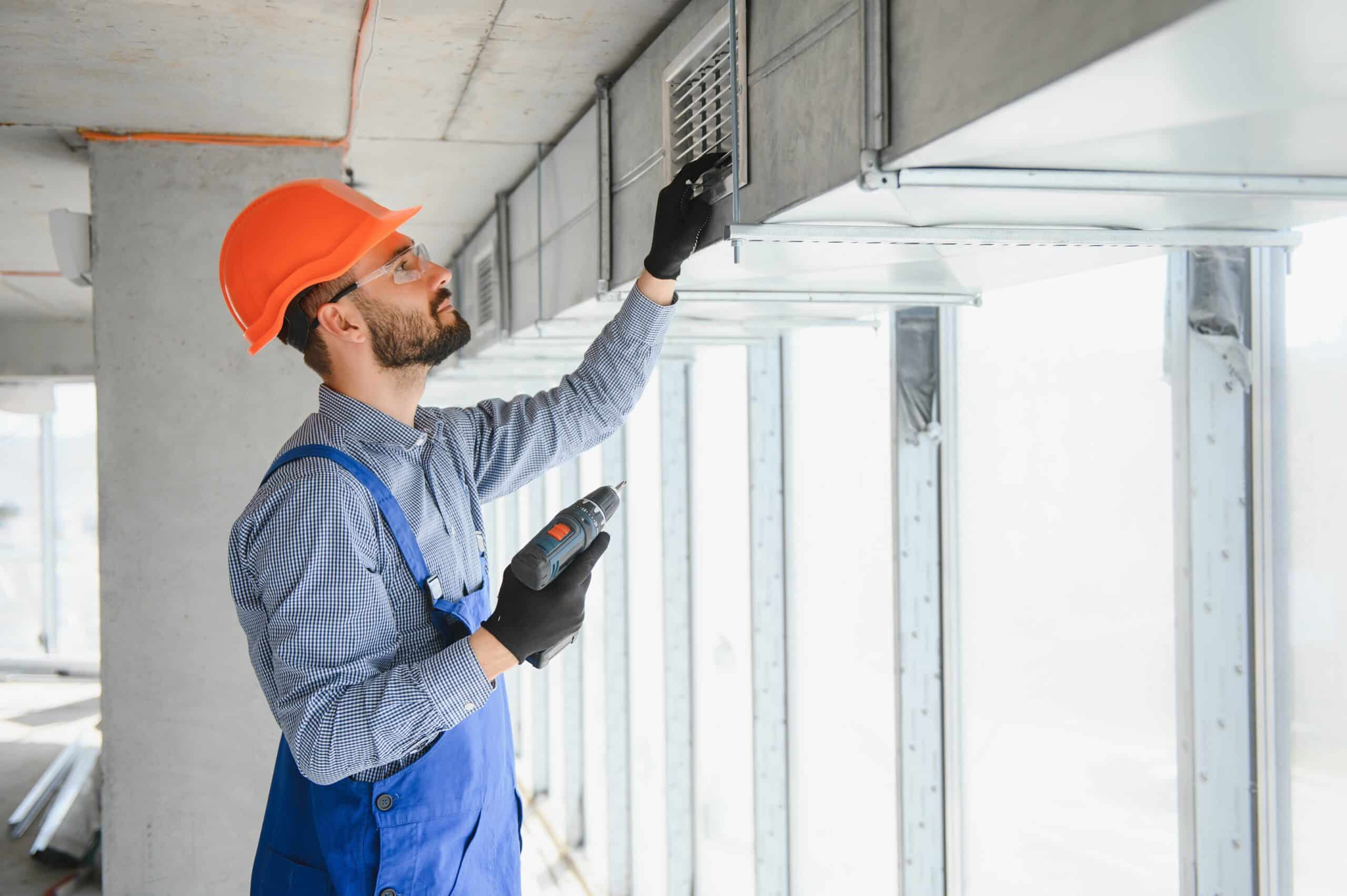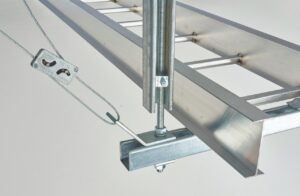
According to the U.S. Geological Survey, it is estimated that there are five hundred thousand earthquakes in the world each year. One hundred thousand of those can be felt, and over one hundred of them cause damage.
When an earthquake hits, people and non-structural systems, such as fire protection, water and gas lines, electrical systems, refrigeration, heating, air conditioning, and ventilation systems, are at risk.
Seismic bracing helps mitigate the risk to people caused by systems falling, damaging other items, or blocking escape paths during a seismic event.
“For commercial construction, non-structural components and contents typically represent 80–90% of the capital investment at risk during an earthquake.”
– ascelibrary.org, Abstract: Reducing the risks of non-structural earthquake damage
Understanding Seismic Bracing Purpose, Components & Types
Seismic braces attach non-structural equipment to structural members. The assembly consists of the system brace, brace member, and structural attachment. It connects the structure such as a beam or ceiling, to a brace member which could be cable, channel, or pipe to a non-structural support, such as pipe, trapeze, conduit, duct and more.
Seismic bracing is required in two directions:
- Lateral, also called transverse, braces are installed across, or perpendicular to the system
- Longitudinal braces are installed parallel to the system.
Seismic bracing also uses rod stiffeners to keep the whole system strong enough to be braced.
Types of Seismic Bracing
- Cable bracing works in tension and requires two opposing brace assemblies at each location. Required for long drop lengths and when vibration isolation is present.
- Rigid bracing works in both tension and compression, so one brace assembly per brace location is required. However, they are not allowed to be used with spring hangers or in combination with vibration isolation systems.
De-risk Your Next Project by Ensuring You Meet Seismic Bracing Codes & Standards
 Seismic bracing is governed by many building codes and standards that differ by location and project. Eaton’s seismic bracing solutions meet and comply with the latest codes and standards and they can help you select the right seismic bracing for your projects from pre-bid to installation.
Seismic bracing is governed by many building codes and standards that differ by location and project. Eaton’s seismic bracing solutions meet and comply with the latest codes and standards and they can help you select the right seismic bracing for your projects from pre-bid to installation.
Eaton’s Seismic Engineering Services Team are available to help with your next seismic bracing project.
Learn More
Eaton’s seismic bracing solutions have been trusted by the mechanical, electrical, plumbing and fire protection applications for over 60 years. To learn more about Eaton’s solutions and how their Seismic Engineering Services team can support your next project, visit Eaton.com/seismic-bracing.
